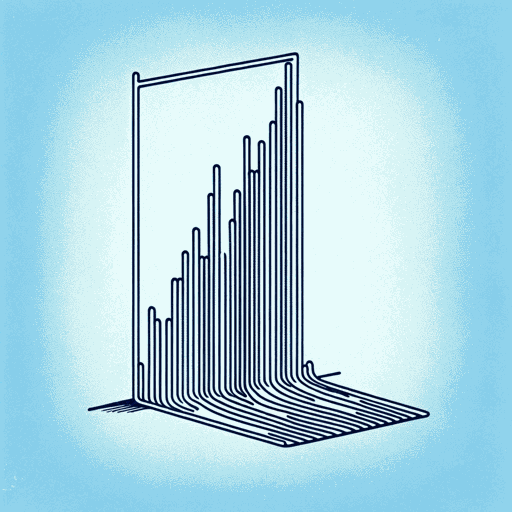45 pages • 1 hour read
Darrell HuffHow to Lie with Statistics
Nonfiction | Reference/Text Book | Adult | Published in 1954A modern alternative to SparkNotes and CliffsNotes, SuperSummary offers high-quality Study Guides with detailed chapter summaries and analysis of major themes, characters, and more.
Chapter 5Chapter Summaries & Analyses
Chapter 5 Summary: “The Gee-Whiz Graph”
Chapter 5 covers the issue of using statistical graphs to exaggerate or distort data. Huff notes the usefulness of charts: Tables can be challenging for a general audience to understand, and words don’t often work well when covering statistical data. However, graphs present many ways to mislead audiences.
Huff focuses on the simple line graph. He first gives a straight example of the chart with both axes properly labeled and covering the entire possible range of numbers. He notes that it looks accurate to what it represents, but it doesn’t look dramatic and takes up space on the page. He demonstrates how the impression that graph makes on the reader can be changed by cutting off the bottom portion of it. The data remains the same, but the resulting graph looks more dramatic because it lacks context. He further exaggerates the results by altering the ordinate and abscissa, changing the shape of the chart as a result. Huff notes the utility of a graph over words when creating misleading results by saying that a diagram “contains no adjectives or adverbs to spoil the 







